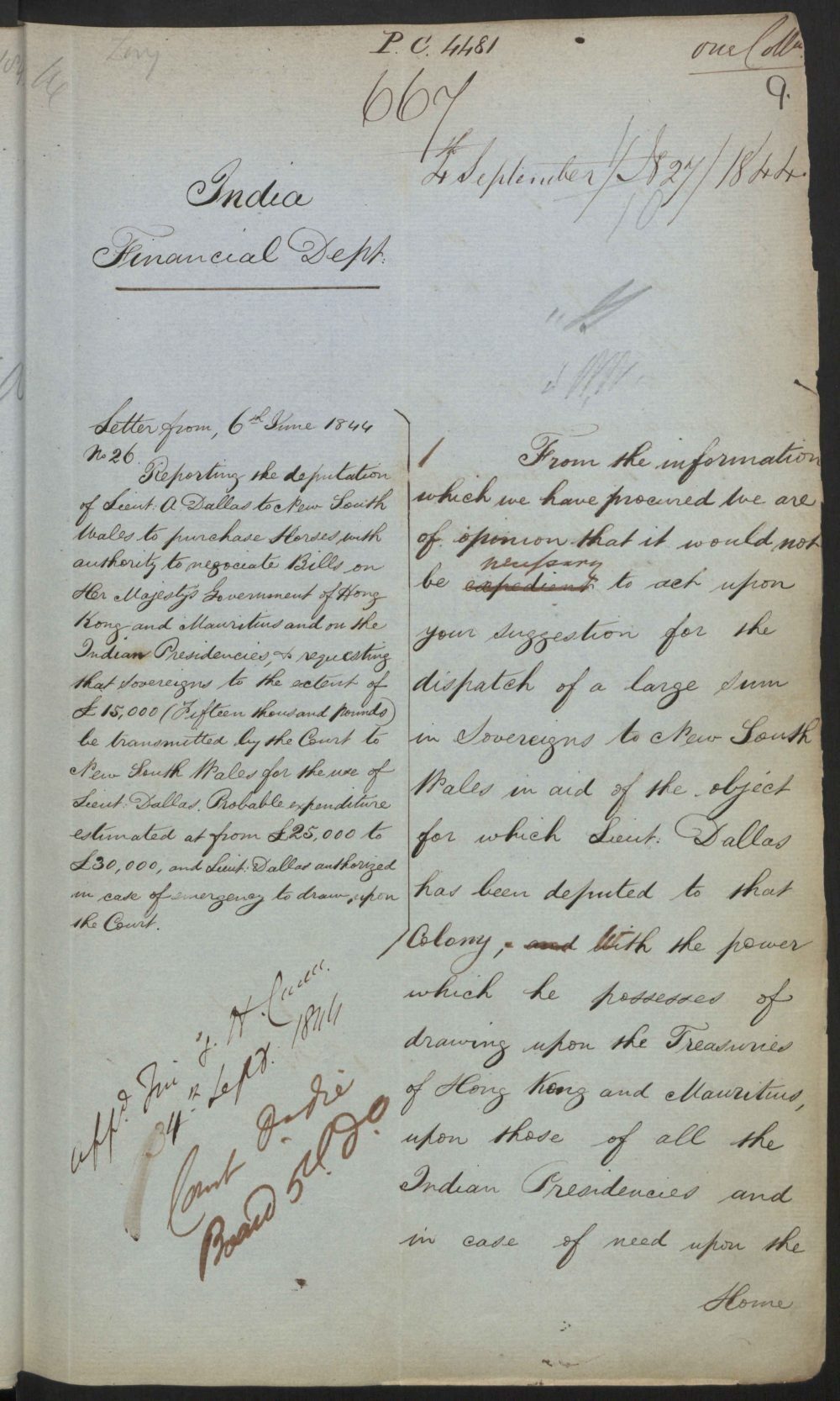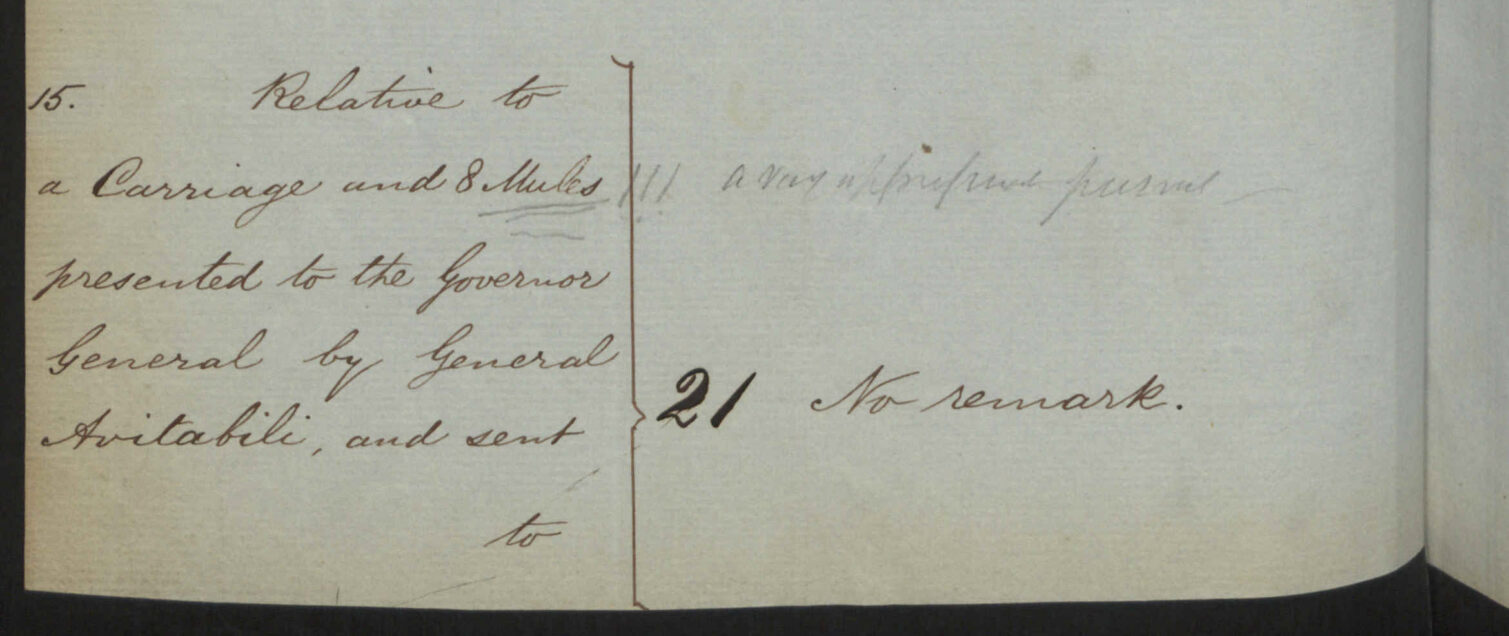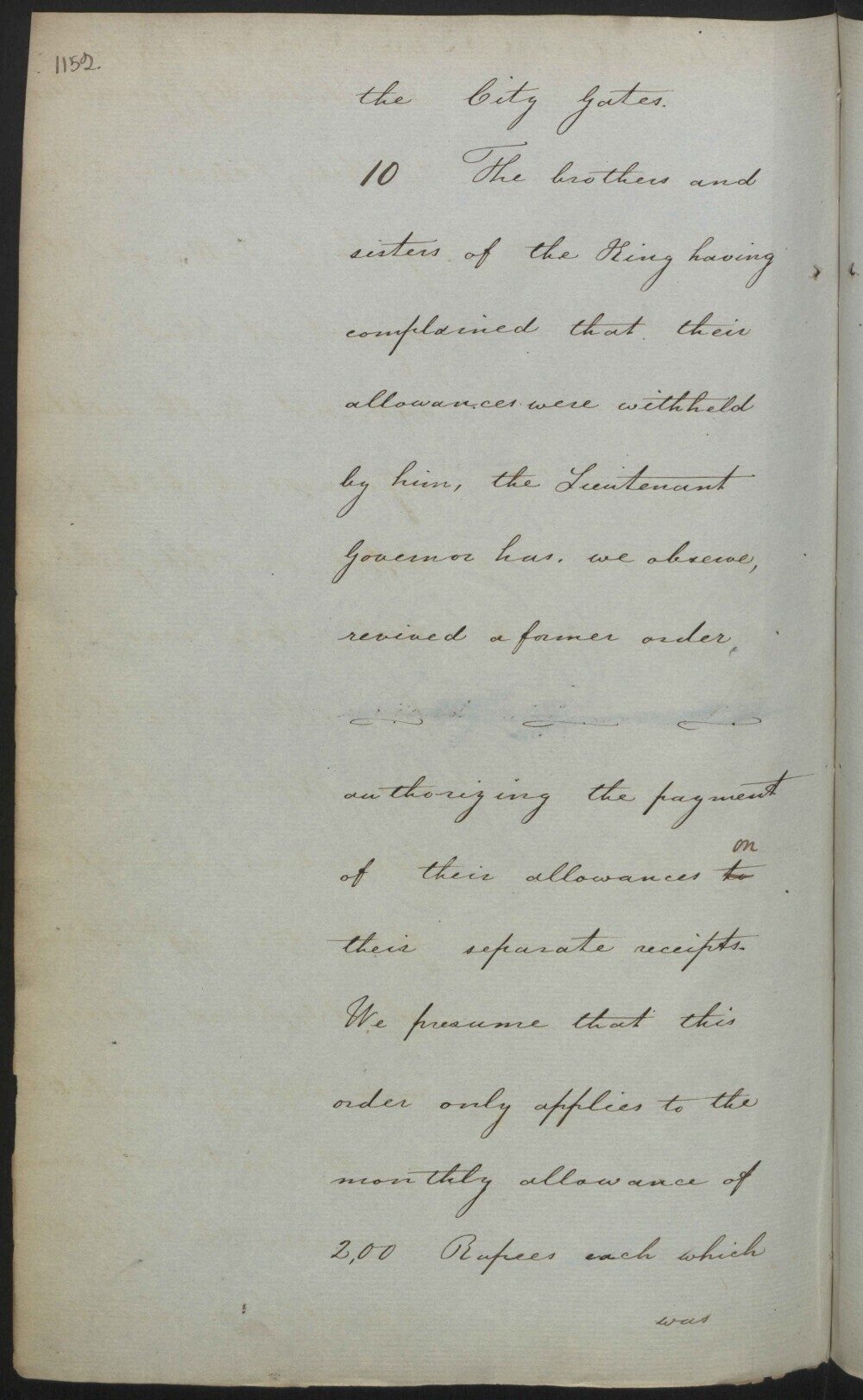Horses, mules, a buffalo and a King
The fourth module of East India Company, Correspondence: Early Voyages, Formation and Conflict, released this week, showcases a vast quantity of archival material from Series E of the India Office Records held at the British Library.
Documents relating developments in not only South Asia but also Venice, Persia, Syria, China, Japan, Madagascar, Singapore and modern-day Indonesia (among other places) all feature. And alongside great developments in global history, we can also trace the stories of individuals whose paths crossed with those of the Company – mariners, traders, diplomats, soldiers, clerks and political operators.
From the Company’s origins as a trading concern interested largely in the Spice Islands of Southeast Asia in the early seventeenth century to its abolition after an uprising staged by its own troops in the late 1850s, this vast trove of papers covers all aspects of the Company’s activities between the seventeenth and nineteenth centuries.
The EIC’s trade in various commodities, its relations with Asian powers and rival European colonial enterprises, its military capabilities, financial operations, and growth into a territorial power in its own right are all charted in meticulous detail in correspondence between the Company’s headquarters in London and its representatives not only in South Asia but across the globe.
Just one volume of the Company’s outgoing correspondence, IOR/E/4/780, provides us with individual stories from around the world, and the responses which they elicited from the Company’s directors in London. We find, for example, that Lieutenant Arbuthnot Dallas has been deputed to travel to New South Wales ‘to procure horses’, at a likely cost of £25,000 to £30,000 (perhaps £2 million at current values).
Replying to a request that he might draw upon the Company’s domestic reserves as well as the treasuries of Hong Kong and Mauritius, the Company’s Court of Directors, perhaps understandably, ‘cannot apprehend that he will experience any pecuniary difficulty in the exercise of the duty’ (pp. 9-10). The Company was more forthcoming in providing compensation of 700 rupees to ‘the owners of the brig “Hardingar” for… bringing back to Penang seven convicts escaped from the “Harriet Scott”’ (p. 404).

Content provided by: The British Library Board. All Rights Reserved.
We also learn that Paolo Avitabile, an Italian mercenary who served in the armies of Persia and the Sikh Empire, has sent a carriage and eight mules to the Governor General, perhaps as a parting gift upon his departure from Asia. This (officially) elicits ‘no remark’ from the Company’s leadership in London (pp. 90-91), but the General’s tangled finances are of more interest (pp. 309-11).

Content provided by: The British Library Board. All Rights Reserved.
Turning to pp. 1151-55, we see that Mr Gubbins, the Officiating Magistrate in Delhi, has been censured by the Company for a failure to ‘issue the usual orders for preventing opposition by the police to the King [of Delhi]’s intention of sacrificing a buffaloe [sic] at each of the city gates’; we also learn that a stipend has apparently not been paid to the King’s family.

Content provided by: The British Library Board. All Rights Reserved.
Volumes of outgoing letters to India and Bengal such as the above, meticulously indexed by a small female team during the early twentieth century, form just part of Module IV of East India Company - which also includes letters of William Adams, the first Briton known to have visited Japan, copies of King Charles II of England’s letters to leaders including Abbas the Great, and a great deal more.
About the collection
East India Company is out now.
Recent posts

The blog highlights American Committee on Africa, module II's rich documentation of anti-apartheid activism, focusing on the National Peace Accord, global solidarity, and student-led divestment campaigns. It explores the pivotal role of universities, protests, and public education in pressuring institutions to divest from apartheid, shaping global attitudes toward social justice and reform.

This blog examines how primary sources can be used to trace the impact of young voices on society, particularly during pivotal voting reforms in the UK and the US. Explore materials that reveal insights into youth activism, intergenerational gaps, and societal perceptions, highlighting their interdisciplinary value for studying youth culture, activism, and girlhood across history.
